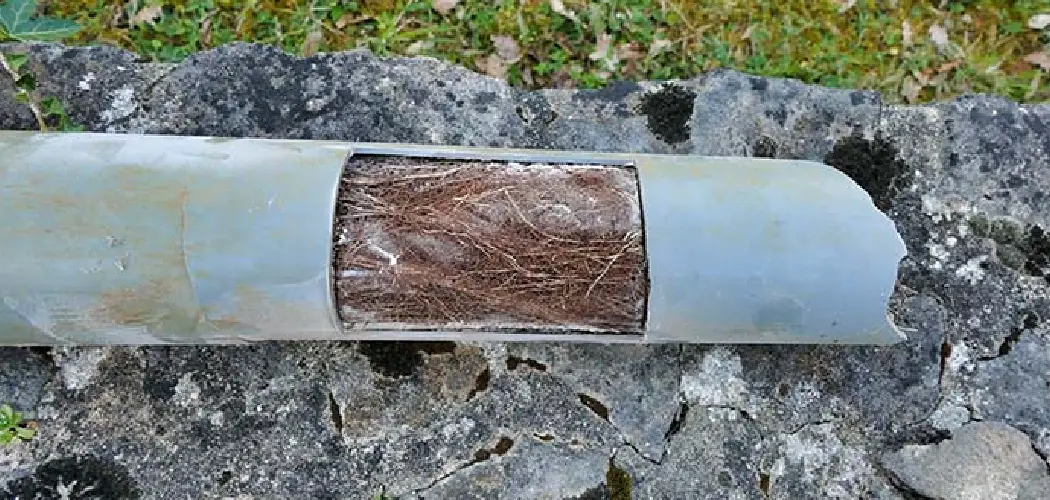Tree roots can pose significant challenges to homeowners, often infiltrating sewer lines and causing serious blockages that may lead to costly repairs. This article aims to guide readers on the correct and safe usage of Zep Root Killer, a chemical product specifically designed to eliminate these troublesome roots without harming surrounding vegetation.
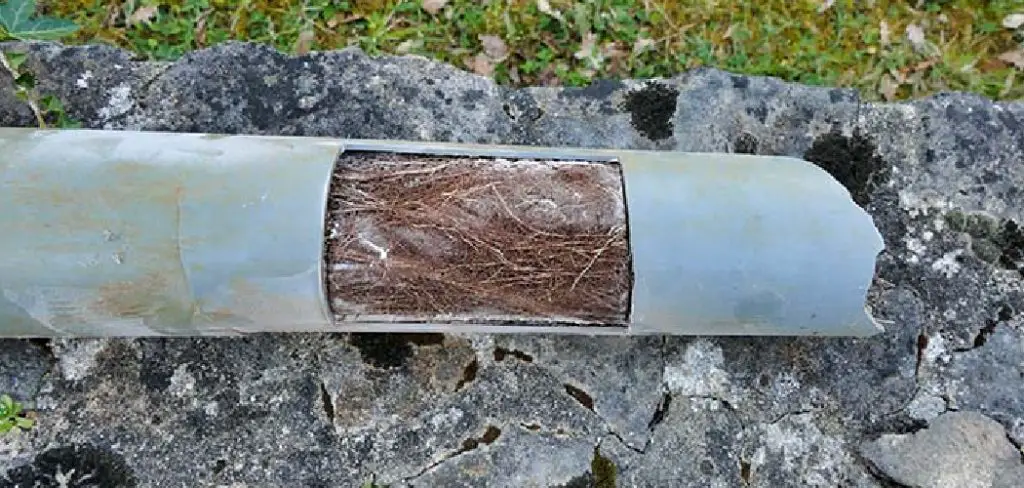
Understanding how to use Zep Root Killer effectively is crucial for maintaining clear plumbing systems and preventing future blockages. This article will outline essential steps, including preparation, application techniques, and necessary safety precautions. By following these guidelines, homeowners can protect their sewer lines, ensuring optimal functionality and avoiding the disruptive consequences of root infiltration.
Understanding Zep Root Killer
What is Zep Root Killer?
Zep Root Killer is a specialized chemical product formulated to eliminate tree roots that penetrate sewer lines. It is designed to effectively target roots while ensuring minimal harm to trees and surrounding vegetation. Using Zep Root Killer, homeowners can address root-related blockages without compromising the health of their landscaping.
How It Works
The key ingredient in Zep Root Killer is copper sulfate, which dissolves and kills roots that intrude into sewer pipes. When applied, the copper sulfate penetrates the soil and plumbing system, targeting the offending roots directly. This action prevents further growth, ultimately reducing the risk of blockages and damage to the plumbing, ensuring a smoother and more efficient drainage system for homeowners.
Safety Precautions Before Using Zep Root Killer
Protective Gear
When handling and applying Zep Root Killer, it is essential to wear appropriate protective gear. This includes gloves to prevent skin irritation and eye protection to shield against any accidental splashes. Ensuring that your skin is not directly exposed to the chemical will help safeguard your health during the application process.
Proper Ventilation
Proper ventilation is crucial for those applying the product indoors or in confined spaces. Always ensure that doors and windows are open to facilitate fresh air flow, helping to avoid the inhalation of fumes. Good ventilation enhances safety and ensures a more comfortable environment while using Zep Root Killer.
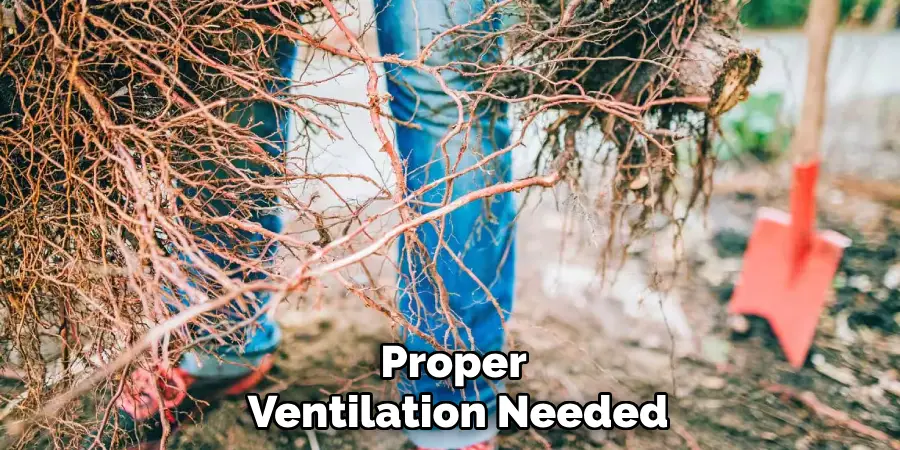
Preparation Before Application
Locate the Problem Area
Before applying Zep Root Killer, it’s essential to identify the affected sewer line or drain where roots may be infiltrating. Start by inspecting your plumbing system for signs of blockages, such as slow drainage or backups. To confirm that the blockage is due to roots, consider using a plumbing snake or hiring a professional for a thorough inspection. This step will help pinpoint the specific location of the root infiltration, ensuring an effective treatment strategy.
Clear Any Existing Blockages
Prior to applying Zep Root Killer, it’s crucial to clear any existing blockages in the sewer line. Use a plumbing snake or auger to remove debris and prevent obstruction. This will ensure that the root killer can penetrate the affected area and reach the invasive roots effectively. This preparation step is vital for maximizing the product’s efficacy and successfully managing root-related issues.
How to Use Zep Root Killer: Apply Zep Root Killer
Determine the Dosage
Before applying Zep Root Killer, it is crucial to read and follow the manufacturer’s instructions on the product label. This ensures that you use the correct dosage tailored to your situation. Generally, Zep Root Killer recommends using 1 pound of the product for every 50 feet of sewer line.
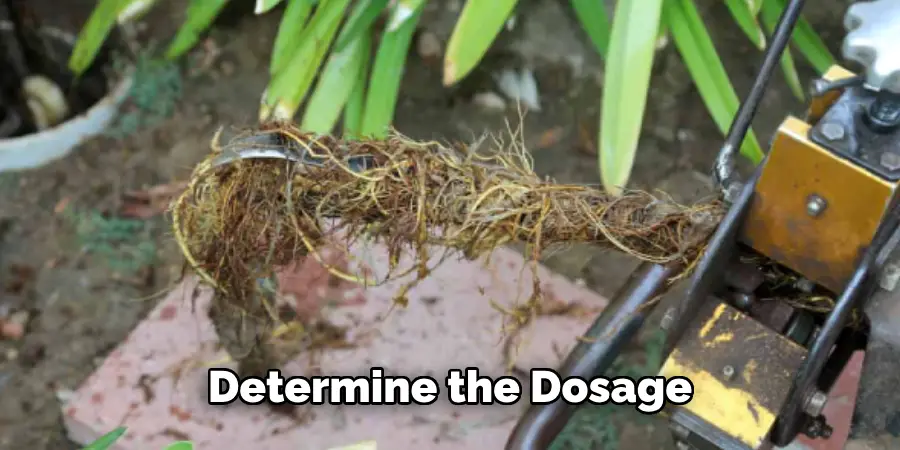
Adhering to the recommended dosage not only maximizes the effectiveness of the treatment but also ensures safety for you and the surrounding environment. By ensuring the right amount is used, you can effectively manage root infiltration without risking any harm to your plumbing system.
Apply Through the Toilet or Cleanout
There are two methods for applying Zep Root Killer: through the toilet or via a sewer cleanout.
Toilet Application: To facilitate a smooth process, begin by ensuring that the toilet is not clogged. Then, simply flush the appropriate amount of Zep Root Killer down the toilet, making certain that the product is completely flushed through the plumbing system. This method effectively distributes the product throughout the sewer lines.
Cleanout Application: For a more targeted approach, consider pouring the product directly into a sewer cleanout if one is accessible. This method can provide more direct contact with the areas where root infiltration is most severe. By applying the product at the source of the problem, you may enhance its effectiveness in eliminating invasive roots.
Water Flow Considerations
After applying Zep Root Killer, it is important to manage household water usage. Reducing water flow for several hours allows the product to settle in the pipes and kill the roots. This waiting period is critical to achieving the desired results from your application.
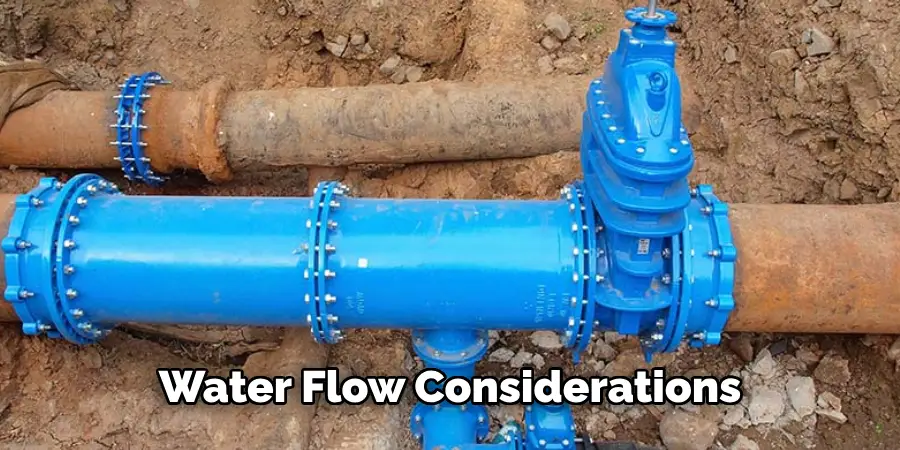
Once sufficient time has passed, it is advisable to flush the system with water. This action helps to move the Zep Root Killer further down the line, ensuring that all affected areas are treated effectively. By following this guideline, you can enhance the treatment’s efficiency and successfully address the root-related blockages in your plumbing system.
Monitoring and Follow-Up Treatments
Monitor Results
After applying Zep Root Killer, it’s important to monitor the effectiveness of the treatment by observing the water flow and drainage performance over the following days and weeks. Signs of improvement, such as faster drainage and less frequent backups, indicate that the root killer is doing its job. Regular checks will help ensure that the treatment has successfully addressed the root infiltration and that your plumbing system is returning to optimal functionality.
Repeat Treatments
If necessary, consider reapplying Zep Root Killer after several months, especially in areas known for heavy root infiltration. This proactive approach helps maintain clear pipes and prevents the recurrence of blockages. Regular follow-up treatments are key to ensuring long-term health for your sewer lines, helping you avoid any potential disruptions and costly repairs in the future.
When to Call a Professional
Persistent Blockages
If blockages persist despite the application of Zep Root Killer, it may be time to call a professional plumber. Persistent issues can indicate that the roots are more entrenched or that there are additional complications within the plumbing system. A plumber will have access to advanced tools and techniques, such as hydro-jetting or rooter services, to effectively clear the roots and restore proper flow to your sewer lines.
Extensive Root Infiltration
In cases where roots have extensively damaged the sewer line, it’s crucial to consult with a plumber or tree root specialist. These professionals can assess the extent of the damage and determine whether repairs or pipe replacement are necessary. Addressing significant root infiltration promptly can help prevent further damage and costly repairs, ensuring the longevity and functionality of your plumbing system.
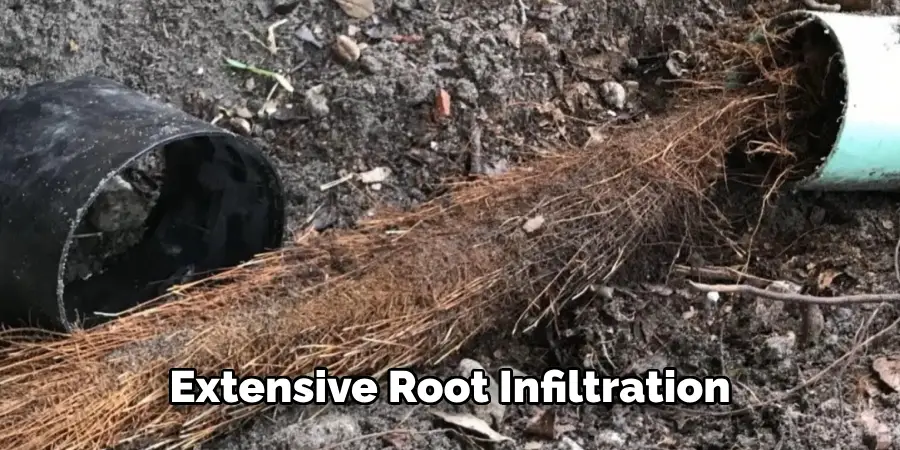
Preventing Future Root Infiltration
Regular Maintenance
To effectively prevent roots from returning and causing future blockages, incorporate regular applications of Zep Root Killer or similar products into your maintenance routine. It is advisable to perform these treatments at least once a year, ideally during the spring or fall, when root growth is typically more robust. This proactive approach can significantly reduce the risk of future root infiltration and maintain optimal function in your plumbing system.
Landscaping Tips
To further minimize the risk of root infiltration, consider landscaping strategies such as avoiding the planting of trees or shrubs near sewer lines. Opt for plant species with less intrusive root systems, especially near your plumbing. Additionally, using root barriers—such as special fencing or membranes—helps redirect roots away from sewer lines, providing an added layer of protection against potential infiltration issues in the future.
Frequently Asked Questions (FAQs)
What Is Zep Root Killer and How Does It Work?
Zep Root Killer is a chemical product designed to eliminate tree roots infiltrating sewer lines. It works by releasing powerful ingredients that kill the roots upon contact, helping to restore proper flow in the plumbing system.
How Often Should I Apply Zep Root Killer?
It is advisable to apply Zep Root Killer at least once a year, preferably during peak root growth seasons in spring or fall. If you notice recurring blockages, more frequent treatments may be necessary to manage root infiltration.
Can I Use Zep Root Killer in Septic Systems?
Zep Root Killer is generally not recommended for use in septic systems, as it can disrupt the natural microbial balance critical for septic tank function. Always check the product label and consult with a professional if unsure.
What Should I Do if My Pipes Are Still Blocked After Treatment?
If you experience persistent blockages after applying Zep Root Killer, it may indicate deeper issues within your plumbing system. In such cases, it is best to consult a professional plumber for further assessment and solutions.
Are There Any Safety Precautions to Consider When Using Zep Root Killer?
Yes, when using Zep Root Killer, always read and follow the manufacturer’s safety instructions. Wear protective gloves and eyewear, ensure proper ventilation, and keep the product out of reach of children and pets. Additionally, avoid mixing it with other chemicals.
Conclusion
In summary, understanding how to use Zep Root Killer effectively involves several key steps. Begin by preparing your plumbing system and applying the right dosage, either through the toilet or sewer cleanout. After applying the product, manage water flow for optimal effectiveness and monitor the results over time.
Remain vigilant for signs of improvement and consider repeat treatments as necessary. Remember to follow safety precautions to protect both yourself and the environment. Regular maintenance, including annual treatments and thoughtful landscaping, will help keep your sewer lines clear of roots.
Acting promptly when root infiltration is essential to preventing costly repairs and maintaining a well-functioning plumbing system. By taking these proactive measures, you can safeguard your home against the disruptive effects of invasive roots.

